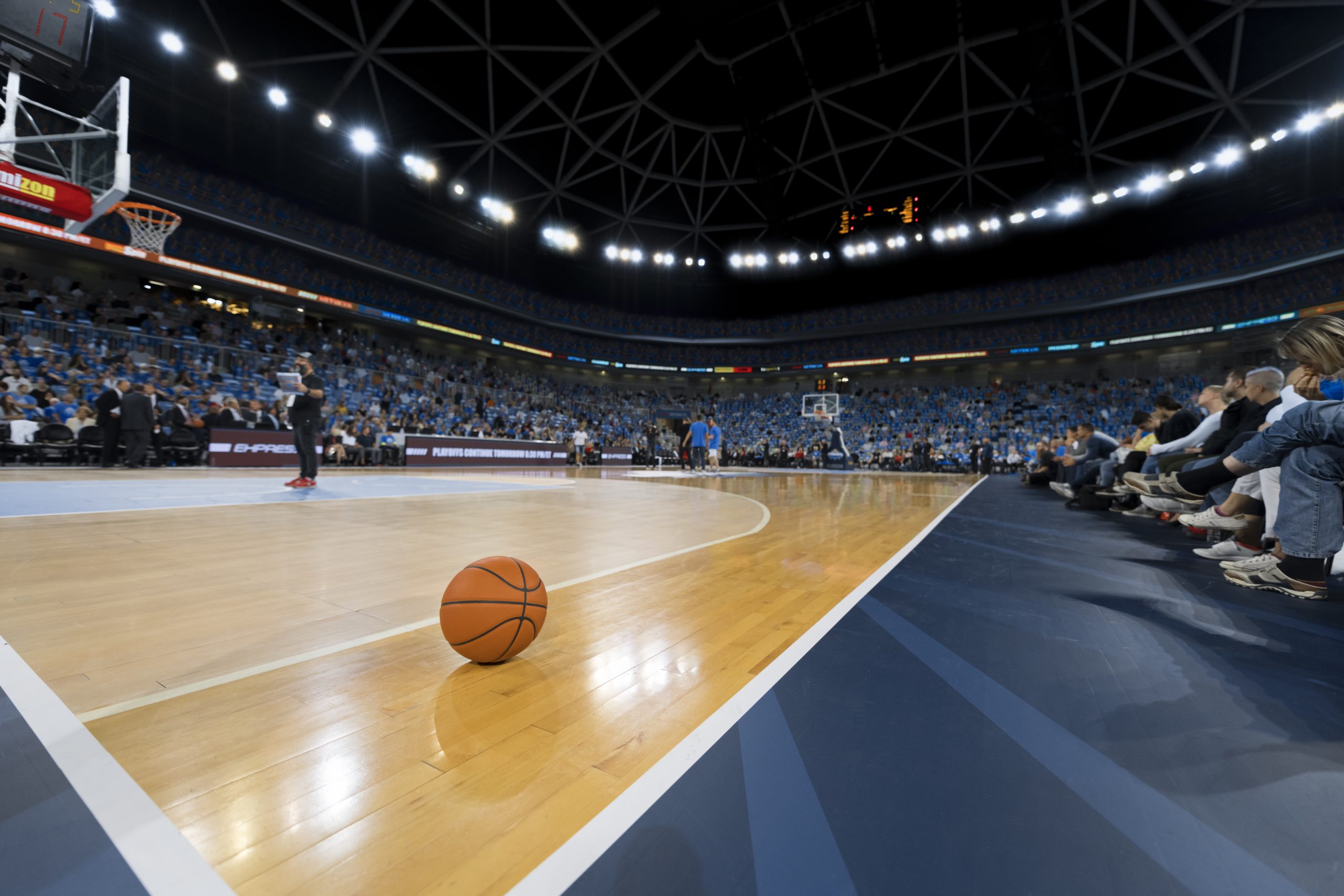Adam’s Journal
Here’s a timely question from a longtime reader – and Oklahoma City Thunder fan:
I read about a few recent National Basketball Association player injuries and wondered: Are extra-tall people just prone to more injuries and broken bones? Can you grow so tall that you outgrow the density of your bones?
Specifically, this is about Chet Holmgren and his broken hip, which generally is an injury your grandma needs to worry about. It seems unusual for a 22-year-old.
Chris Lee
Oklahoma City
Dr. Scofield Prescribes
So, let me begin with the disclaimer that I’m not an orthopedist. That said, I do know basic anatomy, and I think that’s a good starting point for this discussion.
Although Chet Holmgren’s recent injury has been characterized as a hip fracture, and that’s technically correct, it’s not the whole story.
He broke a bone called the iliac crest. If you think of – or look at – a skeleton straight on, those are the bat-wing-like bones that flare out at the waist. So, really, it’s more the pelvis than the hip.
When you’re talking about hip fractures in the elderly, those typically happen in different bones. Most often, those are in the femur, which is the long bone that runs from the knee up into the hip joint. In older people, fractures usually happen either in the femur’s “neck” (right below the ball that goes into the hip socket) or the region immediately beneath that.
In other words, Chet’s is not your grandmother’s hip fracture.
His break was an impact injury, caused by the bone having to bear 200-plus pounds of body weight as it crashed down onto a hard surface from several feet in the air. With that kind of force, it’s easy to imagine anyone’s iliac crest giving way.
A search of the medical literature revealed some studies looking at whether taller women were more at risk for hip fractures. While some of the studies suggested that height could present an added risk factor, I wouldn’t attach much, if any, significance to their more general applicability.
The results were not clear-cut, and the hip fractures researchers looked at were largely the grandma (femoral) kind. And because of childbearing, women’s hips are anatomically different than men’s. Finally, most of those studies centered on older people, where – unlike in a young, world-class athlete – osteoporosis plays a major role.
The idea of bones growing so elongated that they lose their strength is an interesting one. But until it finds some scientific support, this hypothesis may be relegated to barstool discussions.
–
Adam Cohen is senior vice president and general counsel at the Oklahoma Medical Research Foundation. Dr. Hal Scofield is a physician-scientist at OMRF, and he also serves as Associate Chief of Staff for Research at the Oklahoma City VA Medical Center. Send your health questions to contact@omrf.org.



